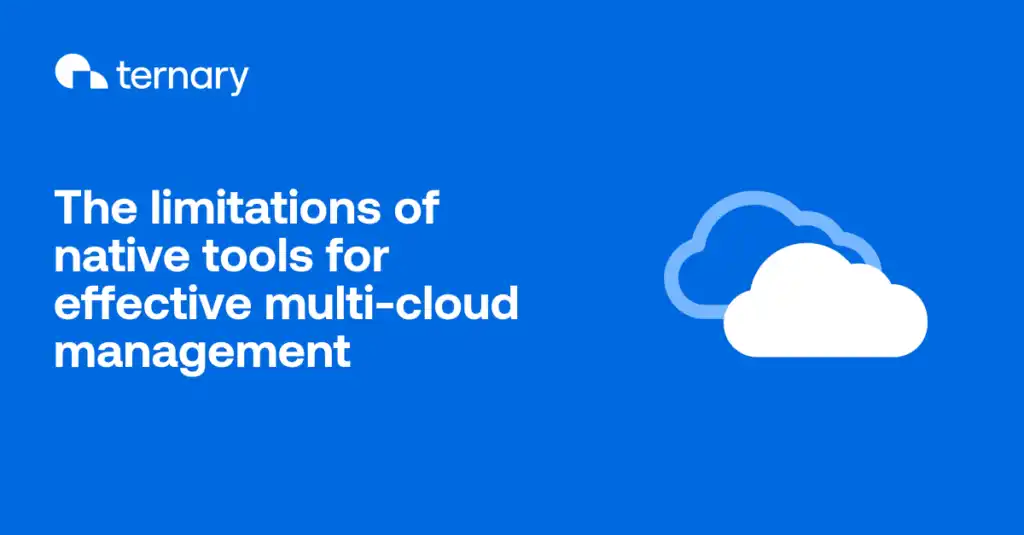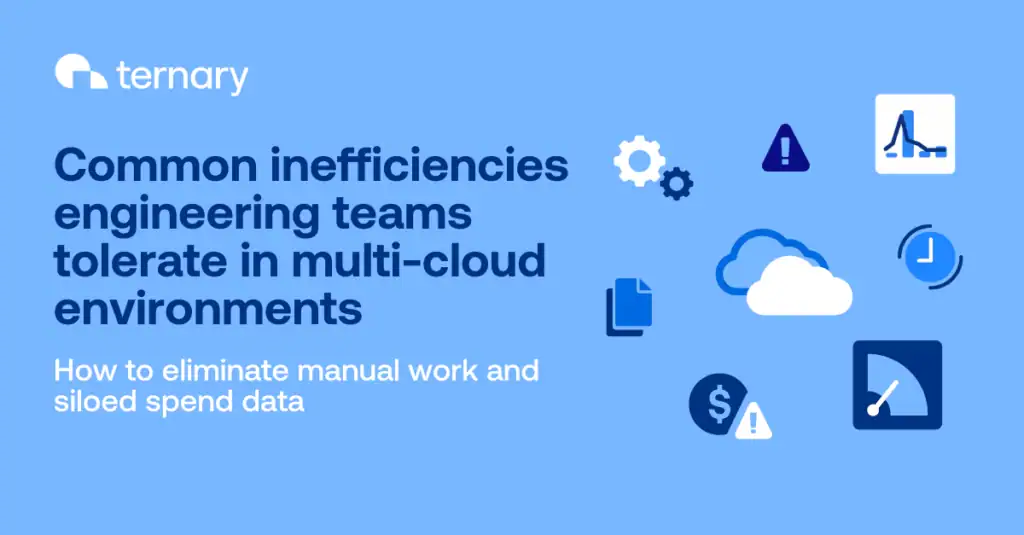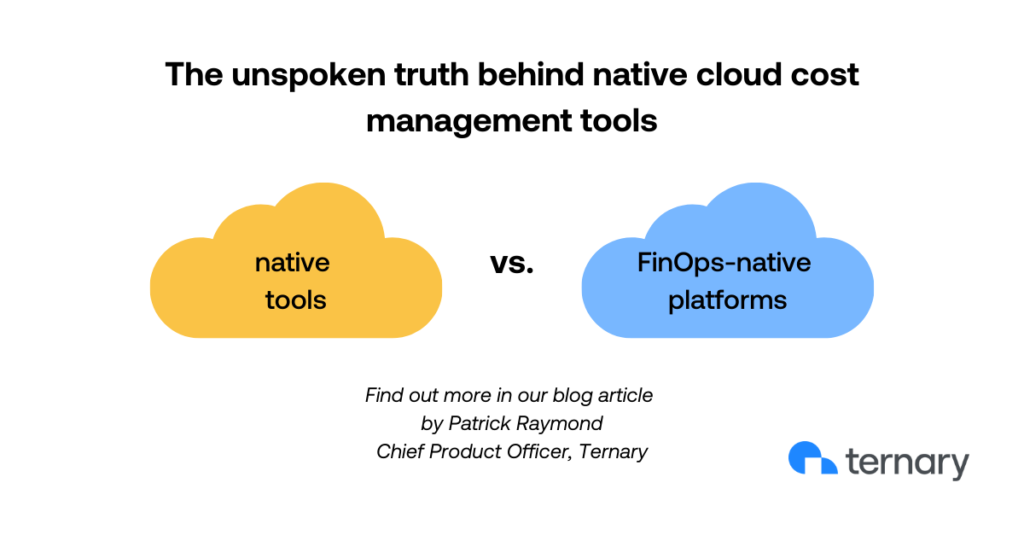Are you confident your engineering teams have a single, accurate view of cloud costs across AWS, Azure, and Google Cloud? Most engineering organizations rely on native tools from each provider, like AWS Cost Explorer, Azure Cost Management, and GCP Billing, because they are familiar and often provided for free. However, these tools are designed to work independently, which leads to fragmented reporting and inconsistent data. As a result, multi-cloud management becomes a manual and time-consuming process. This blog covers the limitations of native cloud tools, what a multi-cloud FinOps platform offers, and how unified visibility enables accurate cost allocation and FinOps maturity.
The rise of multi-cloud complexity and the cloud cost visibility challenge
Multi-cloud adoption is now the norm for engineering teams at mid-market and enterprise companies. Most organizations run workloads across AWS, Azure, and Google Cloud, while also integrating SaaS and AI services. But as cloud complexity grows, native provider tools are falling behind. Each new workload or service introduces another layer of billing data, unpredictable cost spikes, and difficulty in tracking which teams or projects are responsible.
According to the State of FinOps 2025, workload optimization and waste reduction is the top priority for FinOps practitioners, and 63% of organizations now manage AI spend, double the rate from the previous year. Leaders responsible for scalability and accountability now need unified, organization-wide cloud cost visibility to maintain control and prevent reactive interventions.
Why native cloud provider tools fall short in multi-cloud environments
Each cloud provider offers native tools to track costs, but they only work within their own ecosystem. AWS has AWS Cost Explorer, AWS Trusted Advisor, and AWS Budgets. Google provides the FinOps Hub and Active Assist Recommendation Hub.
To get a full view across clouds, teams must navigate each provider’s tools and then manually piece together the data. The result is often disconnected reports that fail to answer big questions like:
- What is our total cloud spend?
- How do cross-cloud projects impact the budget?
- Which departments are accountable for specific costs?
The main challenges: no single source of truth, fragmented reporting, inconsistent tagging, and difficulty allocating costs accurately. Delayed or incomplete insights raise the risk of overspending.
Engineering leaders report that these limitations keep cloud cost data siloed and reactive, making it harder to drive cost savings and coordinate effectively between engineering, finance, and operations.
The case for a dedicated FinOps platform
A dedicated FinOps platform is designed to solve the fragmentation problem. Unlike native tools, FinOps platforms consolidate cost and usage data from AWS, Azure, GCP, SaaS, and AI workloads into a single dashboard. This enables real-time optimization, advanced forecasting, and collaborative workflows.
And with optimization being a top priority for 50% of practitioners, according to the State of FinOps 2025, dedicated FinOps platforms are more important than ever because they empower engineering leaders to drive accountability, optimize spend, and align engineering and finance in a way that native tools cannot.
What makes Ternary the best platform for multi-cloud management
Ternary offers a unified, FinOps-native platform that goes beyond what native cloud tools provide by delivering normalized, real-time visibility across clouds. Ternary uses FOCUS™ to standardize data, enabling consistent cost allocation, optimization, and reliable forecasting across providers. With role-based access, custom dashboards, and cross-cloud reporting, Ternary empowers teams to manage multi-cloud environments with clarity, accountability, and control.
Conclusion
Native cloud provider tools, while familiar, create silos that make unified visibility and proactive cost management nearly impossible in multi-cloud settings. Relying on these tools alone limits your ability to allocate costs accurately, respond to spend spikes, and build real accountability across teams.
Dedicated multi-cloud management platforms, such as Ternary, offer the single source of truth needed to support cost savings and cross-departmental collaboration.
As AI and SaaS spend accelerate, will your cloud management strategy keep up or fall behind? Now is the time to move beyond native tools and establish a foundation for FinOps maturity.
Transform your organization’s FinOps practice.



